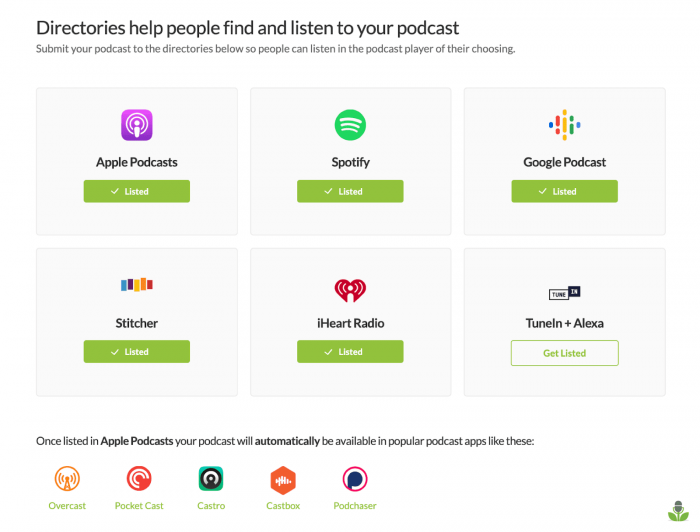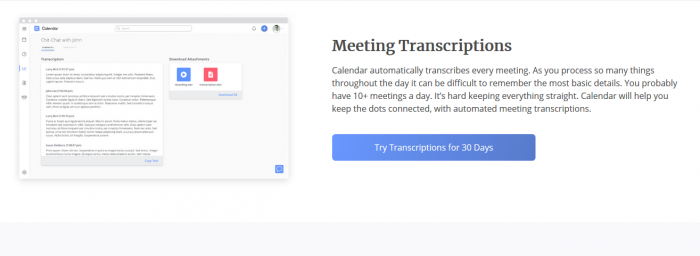Automating daily tasks, effective collaboration, ease of reporting, and having everything in one place — these are some of the benefits of using tools in your business.
But you’re also wondering- How do I find the best tool to grow my business?
You might have to sort through more than a dozen tools and choose one — but there’s no time for that. Besides, you don’t want to get caught up in a contract paying for tools that don’t help your business grow, right?
There needs to be a better way to do this
Tools come in to augment what you’re doing to grow your business. If you know exactly how you want to grow your business, choosing a tool to use becomes a breeze. And there are three ways to grow your business:
- Get more leads and customers
- Increase your prices
- Increase the number of conversions per customer
Do you see where we’re going with this? Take another look at the three ways to grow your business then choose one.
Done?
Then let’s go through a list of the tools you need to help you grow your business:
1. Nextiva
90% of marketers are struggling with lead generation because they’re using the wrong strategy to generate leads.
Your prospects are on a journey. 72% of them will start it with a search query on Google. If you show up on the top search results, they’ll visit your site. What happens if they want to call you, but there’s no way to reach you? You lose them.
Assuming that you’re getting more than 1,000 visitors to your site every week, how many prospects are you losing?
Nextiva allows you to have toll-free numbers on your site, and whenever a prospect calls, it makes sure the call goes to the right person. Awesome, right?

Now here’s the best part:
It is cloud-based, so all you need is an internet connection and your mobile device (you can buy company smartphones if that works for you).
No IT team to set up and maintain it for you. Their customer service team has you covered every step of the way. Did I also mention that you can have conference calls without the typical glitches you’ll find with other tools? Well, try it out for yourself.
2. Reply.io
You know how time-consuming it is to look for a prospect’s contact information using LinkedIn, right? With 335 million users on the platform, then you need a tool to help you get things done faster. Enter Reply.io.
It makes your social outreach easier because all you need to do is open a prospect’s Linkedin profile then leave it to do its “magic” to give you the contact information you’re looking for. Click save then move to the next prospect. Think I’m exaggerating? Take a look:

You don’t only get your prospect’s email addresses. It verifies each email you collect to make sure it is valid. Their user-friendly design helps you know what you are doing every step of your outbound sales campaign;

3. Buzzsprout
How often do you interact with your prospects? According to Salesforce, you’ll need 6-8 interactions with your prospects before they agree to buy from you. That means you need to invest in more channels where you can interact and build a connection with them.
There were 75 million podcast listeners in 2018 and the number will grow to 164 million by 2024, a sign that podcasting is a great channel to use to grow your business. In addition to having more brand touchpoints, make money from your podcast through promoting your products or affiliate marketing.
Take advantage of Buzzsprout’s free 90-day trial and start your podcast. Once you start hosting your shows, Buzzsprout allows you to increase your reach by submitting your podcast to major directories to help other listeners find you.

4. Calendar
Meetings are an inevitable part of your schedule. And if you need to get on a call with a prospect before they make a payment, then you need a calendar tool that helps you manage these meetings efficiently.
Calendar allows you to create events and schedule meetings across time zones. Use its analytics feature to help you know how much time you (or your team members) are spending on sales meetings.

Compare this with the number of customers you get and see what you need to improve upon. If you’re spending too much time with few conversions, then you might be dealing with prospects who are too far from being ready to buy. Guard your time by pre-qualifying your prospects before getting on a call with them.
Use their transcript feature to catch up on relevant details of your meetings, so you don’t spend time again listening to call recording to get the details you need.

5. Loganix
Sometimes, the marketing campaigns you’re working on need you to hire people with the skills you don’t have. Your landing pages should help you get more leads.
They need someone to work in the right keywords with compelling copy to increase your conversion rates.

If you’re not good at SEO copywriting (there’s no tool for that), your best bet is working with people who know what they are doing to deliver the results you need.
These guys have worked with the best in the industry from Brian Dean of Backlinko to Forbes and everyone in between.
6. Rightinbox
If you’re a consultant, you’re probably working with a small number of clients as you nurture your leads. But you’re overwhelmed because you feel like you aren’t doing enough to nurture your leads and convert them to your customers.
The solutions you have been looking at don’t seem like a great fit for you. You want a tool that’s easy to use and will integrate with what you’re already using.
Given its one-click integration with Gmail, Right Inbox comes in to help if you’re running an email marketing campaign inside Gmail. Create a sequence of recurring emails to go out at specific times to your leads then track to see who opens your emails and clicks on your links:

For your clients, schedule emails to send out to them for important events such as onboarding and review calls and sending invoices, so you get paid on time. Create notes for each meeting to help you keep up with all the necessary details too:

7. Mailshake
When you’re running a cold email campaign, sending a personalized email to each prospect is your swiss army knife. Your subject line needs to be compelling, your copy needs to be engaging enough, and your call to action needs to prompt them to respond.
Use Mailshake’s email templates so you don’t have to spend hours figuring out what to say to convince your prospects to respond to you.

Mailshake also integrates with your favorite tools such as Google Sheets, HubSpot, and Salesforce helping you save time when you’re transferring contact information and start sending your outreach emails.
8. Ahrefs
You need to optimize your content with the right keywords to increase its visibility in Google’s search results. More visibility will help you get traffic and leads for your business.
Ahrefs comes with a Keyword Explorer tool that helps you find keyword ideas, know the amount of traffic you’ll get for your primary keyword, and how easy it is to rank for it.
Zoma Sleep mattresses, for instance, published a blog post; Best Mattresses 2020. Here’s the traffic data for their primary keyword;
The keyword has a high search volume (meaning it will get a ton of traffic), and even though it is hard to rank, it’s still worth writing a post on such a topic.
Let’s look at the keyword ideas they got from the tool:
Having found the right keywords to rank for, they’ve used them in their;
Headline;

Subheads;

See how that works? Read Ahrefs’ keyword research guide if you haven’t done this before, then use the keywords you get strategically in your content.
Conclusion
There you go. Eight tools and a business that needs to grow. We started by identifying how you want to grow your business.
Which of these tools do you want to use to help you grow your business? Sign up for it, then go out there and make it happen.
Find a Home-Based Business to Start-Up >>> Hundreds of Business Listings.
















































